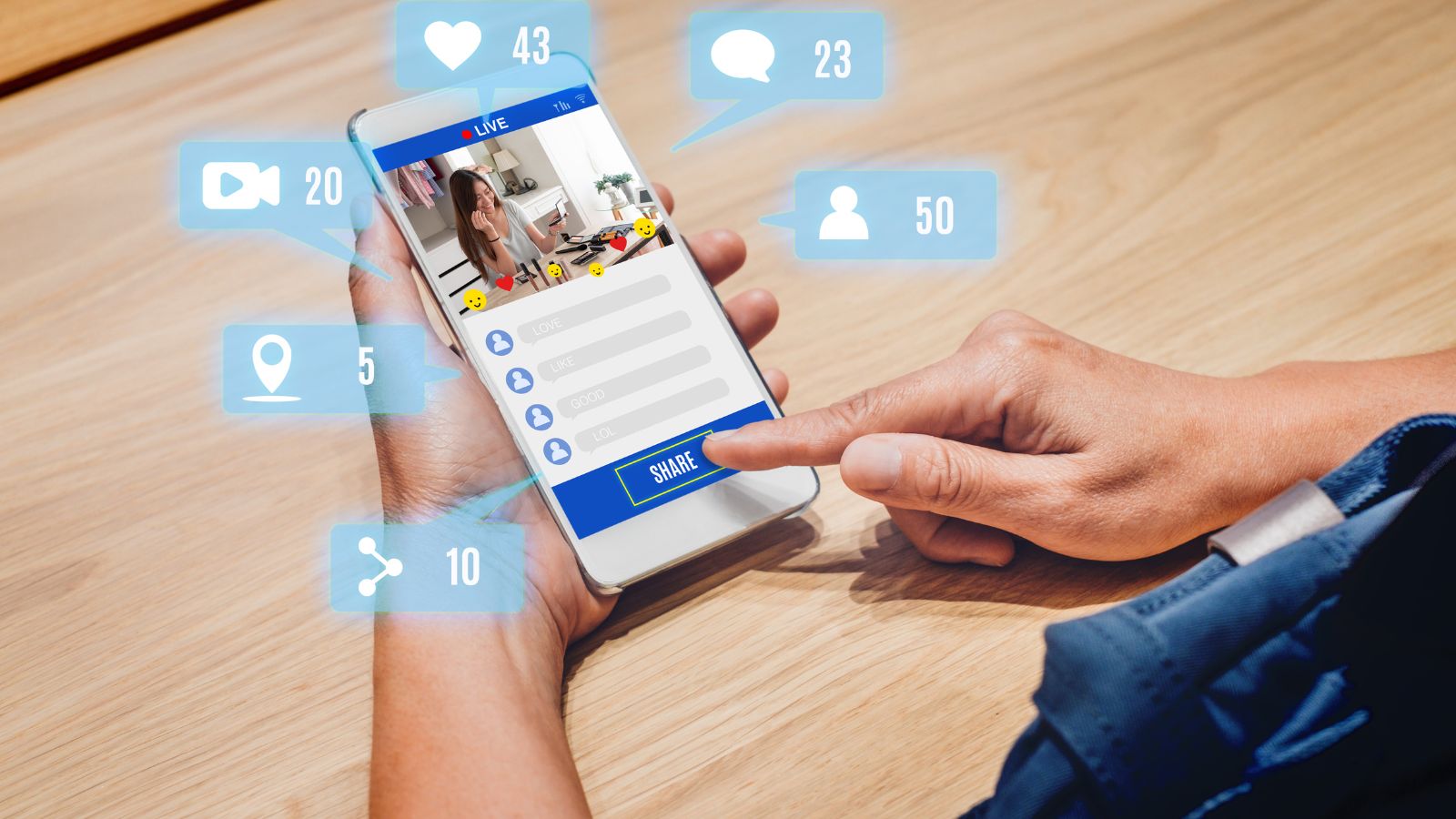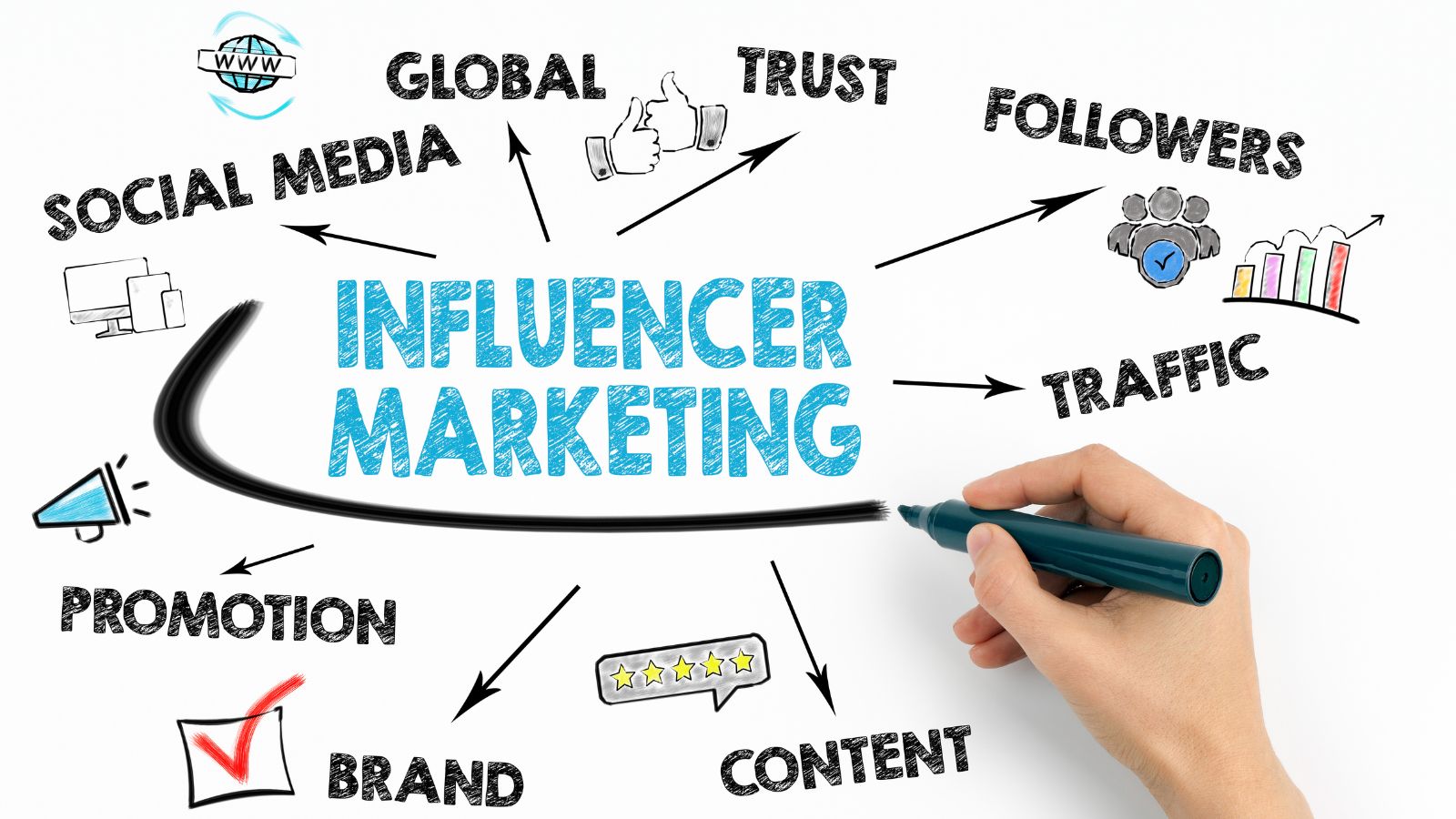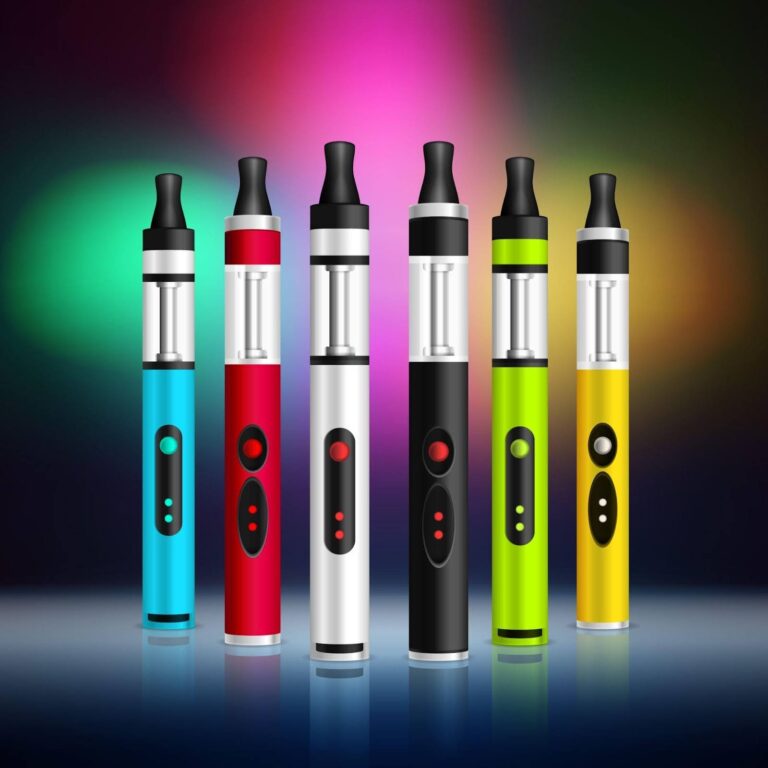Are you trying to decide between influencer marketing and paid ads to maximize your return on investment (ROI)?
Businesses today have multiple options when it comes to digital marketing, but choosing the right strategy can be challenging.
Both influencer marketing and paid ads offer unique advantages, but which one delivers better results for your brand?
If you’re looking to optimize your marketing budget and get the best return, understanding the differences, benefits, and potential drawbacks of each approach is essential.
Let’s explore how influencer marketing and paid ads compare when it comes to ROI and how to choose the right strategy for your business.
Understanding Influencer Marketing
Influencer marketing involves collaborating with individuals who have a strong following and credibility within a specific niche. These influencers create content that promotes your brand, helping you reach their engaged audience.
How It Works
- Businesses partner with influencers who align with their brand values.
- Influencers create and share content (videos, posts, or stories) featuring the product or service.
- The goal is to generate authentic engagement, brand awareness, and conversions.
Benefits of Influencer Marketing
- Authenticity & Trust: Influencers have built credibility with their audience, making recommendations more trustworthy.
- Higher Engagement Rates: Content from influencers often receives more engagement than traditional ads.
- Targeted Reach: Influencers attract niche audiences, ensuring your message reaches the right people.
- Long-Term Value: Well-crafted influencer content continues to generate engagement even after the campaign ends.
Challenges of Influencer Marketing
- Cost Variation: Influencer rates vary based on their follower count and industry.
- Finding the Right Fit: Choosing influencers who align with your brand is crucial for success.
- Limited Control: Brands have less control over how influencers present their message.
Understanding Paid Ads
Paid advertising involves businesses directly paying for targeted visibility through digital ad platforms like Google Ads, Facebook Ads, Instagram Ads, and YouTube Ads.
How It Works
- Brands create ad campaigns targeting specific demographics, interests, or behaviors.
- Platforms use algorithms to display ads to the most relevant users.
- Advertisers pay based on clicks (PPC), impressions (CPM), or conversions.
Benefits of Paid Ads
- Fast & Scalable Results: Paid ads deliver immediate visibility and traffic.
- Precise Targeting: Advanced audience segmentation ensures the ad reaches the right people.
- Full Control: Businesses can customize ad creatives, placements, and budgets.
- Measurable Performance: Detailed analytics help track ROI and optimize campaigns.
Challenges of Paid Ads
- High Competition: Popular keywords and audience segments can be expensive.
- Ad Fatigue: Users may ignore repetitive ads, reducing engagement over time.
- Trust Factor: Some consumers are skeptical of paid ads compared to influencer recommendations.
ROI Comparison: Influencer Marketing vs. Paid Ads
When evaluating ROI, it’s essential to consider multiple factors, including cost, engagement, conversion rates, and long-term impact.
According to Logos Marketing, businesses that strategically balance influencer marketing and paid ads often see stronger brand growth and customer engagement.
| Factor | Influencer Marketing | Paid Ads |
| Cost | The variable depends on influencer rates. | Pay-per-click, pay-per-impression, or pay-per-conversion. |
| Engagement | High due to influencer credibility. | Lower unless optimized for engagement. |
| Targeting | Depends on the influencer’s audience. | Highly customizable based on demographics and behavior. |
| Speed of Results | Takes time to build momentum. | Delivers immediate results. |
| Brand Trust | Strong due to influencer endorsement. | May be perceived as sales-driven. |
| Long-Term Impact | Content remains visible and searchable. | Traffic stops once the campaign ends. |
Which Strategy Works Best for Your Business?
When to Choose Influencer Marketing
- If you want to build brand trust and credibility.
- If your target audience actively follows influencers in your industry.
- If you’re looking for long-term brand awareness and content value.
- If your business benefits from word-of-mouth marketing.
When to Choose Paid Ads
- If you need quick traffic and immediate conversions.
- If you want precise control over targeting and budgeting.
- If your business operates in a highly competitive market and needs visibility.
- If you want scalable marketing efforts that can be adjusted in real time.
Combining Both for Maximum ROI
Many successful brands use both influencer marketing and paid ads together to maximize results.
According to logosmarketing.net, combining these strategies helps businesses reach a wider audience while maintaining strong engagement and conversion rates. Here’s how:
- Amplify Influencer Content with Paid Ads: Running ads using influencer-generated content can increase reach and credibility.
- Retarget Influencer Audiences: Use paid ads to retarget users who engage with influencer content.
- Use Paid Ads for Awareness & Influencers for Trust: Drive traffic with ads, then convert with influencer endorsements.
Conclusion
Both influencer marketing and paid ads have distinct advantages, and the best choice depends on your business goals. If you’re looking for authentic engagement and long-term brand building, influencer marketing is a powerful tool. If you need fast results and precise targeting, paid ads can be more effective.
For maximum ROI, consider integrating both strategies to leverage the strengths of each. By balancing influencer marketing’s trust factor with the precision of paid ads, you can create a high-impact marketing strategy that drives growth and brand success.






